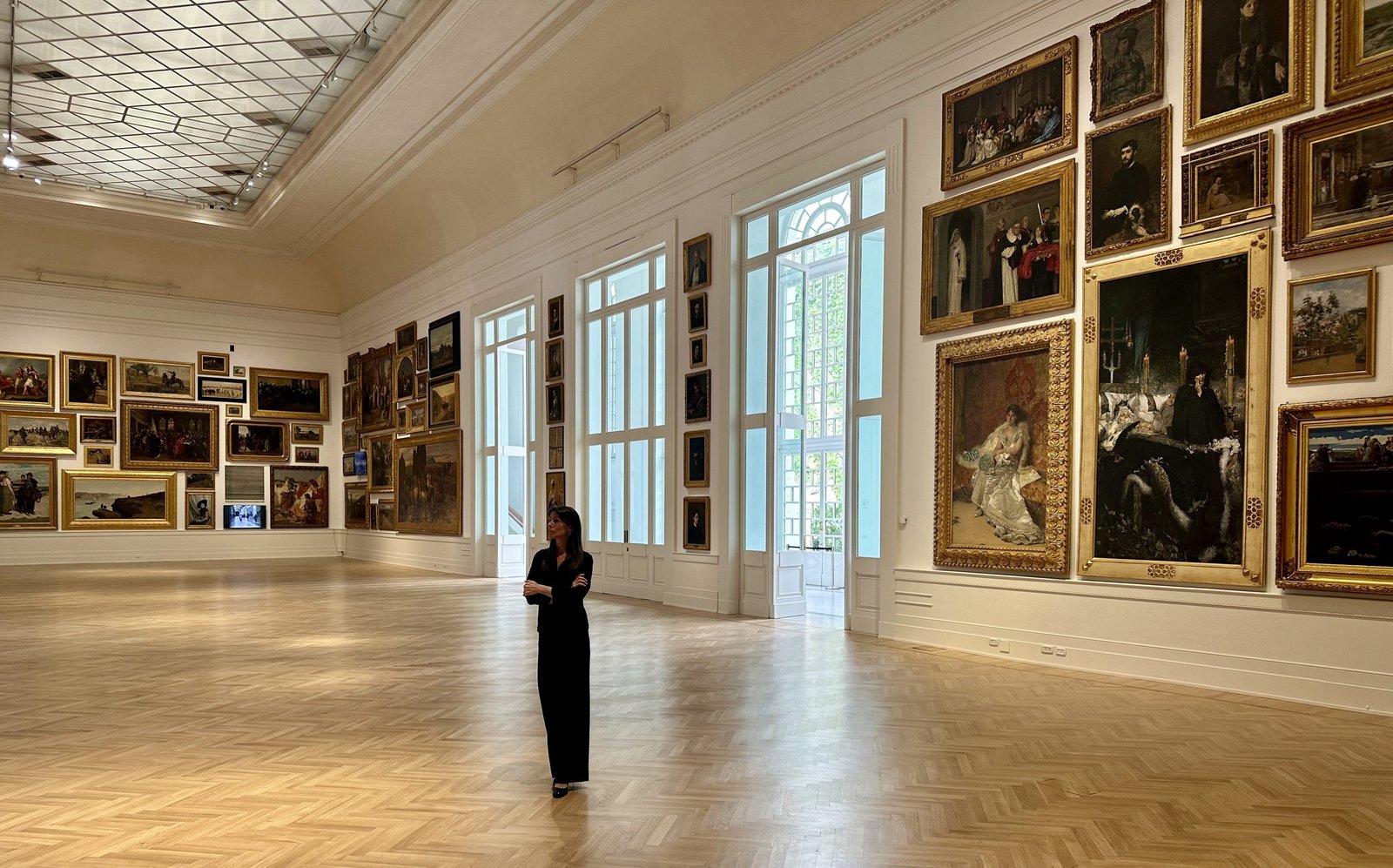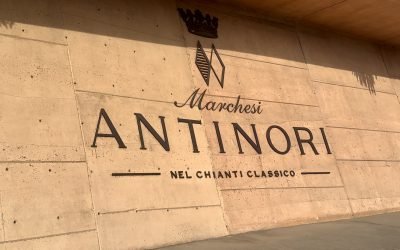Art investment holds a unique place in the world of investing. On a basic level, it is about purchasing art in the hope that it will increase in value; but artworks also hold cultural and personal value – if you collect what you love and are passionate about, there is always a return on investment.
Investing in art can be a good way to diversify your portfolio and balance risk. The art market itself is also diverse, offering opportunities for both high-end and speculative investments.
Art is one of the few assets that has consistently increased in value over time. The Knight Frank Luxury Investment Index details an 11% gain for art over the 12 month period of 2023, and a 105% increase over the previous 10 years.
Art also has low correlation with other investments, helping to balance out the risk profile of stocks and bonds. Another advantage of art as an asset is that art’s value is tangible, and not subject to devaluation in the same way to inflationary pressures and market volatility.
Even in times of crisis, the global art market has long been a reliable source of investment. The UBS Global Art Market 2022 report showed how the market grew strongly in 2021 – despite the far-reaching impact of the Covid-19 pandemic on global markets, aggregate sales of art and antiques estimates at $65.1 billion, representing a 29% increase on the previous year.
The common expert advice is to take a long-term view when embarking on building a collection as part of a wider portfolio. The art market can be unpredictable and is not transparent; much art is sold away from the public eye. It is generally considered advisable to hold on to artworks for at least 5 years before re-selling, but the better returns on investments are more likely to occur over significantly longer time periods as the artist’s career and reputation grows.
At all levels and price points, it is essential to consider different factors in the artist’s practice and career to help ascertain what the trajectory of the work’s value will look like in the future.
Consider the quality of their work and the level of skill required to work in their medium. Is their technique highly unique, or does it require years of training few artists have? Does the material itself have any inherent value?
It’s also important to consider whether the work you are buying is typical of the artist, and therefore perhaps more recognisable; if it’s atypical, this could be a benefit (more rare, and therefore sought after) or a disadvantage (less significant in the artist’s oeuvre, or a less-skilled part of their practice).
Thoroughly research the artist’s career. What is their training? Have they won awards or residencies? Has their work been shown at exhibits, collected by institutions or high-profile individuals? What kind of attention have they received – from prominent critics, academics or the wider media?
Consider also what the demand is like for the artist, and trends in similar pieces that have sold on the secondary market. It is not always the case that more publicity, representation or exhibitions mean that the artist is a financially profitable investment, but it can be a good indicator.
Investing in emerging artists is often the most suitable price-point for most investors and yields a higher profit margin over time. They also produce some of the most exciting work, innovating techniques, creating fresh ideas, and giving the collector pieces that are unusual and rarer.
Emerging artists can be some of the most rewarding to invest in, as collectors can feel like they are supporting new work and shaping the development of contemporary art, as well as having the opportunity to see the artist’s career and the value of their work grow with time. Buying work from emerging artists also opens up greater opportunities for commissioning new work, as they are typically more accessible, open and affordable for bespoke commissions.
Choosing artworks for your collection should be an engaging process, led by personal interests. Developing and nurturing your taste, honing your eye to quality work, and becoming more knowledgeable about the breadth of artistic practices is part of the unique joy of investing in art, as well as a way to become more astute in the market. Going to galleries, art fairs and artist studios develops these skills, whether you are beginning your journey in collecting or already have an extensive collection.
The information provided here is not investment, tax or financial advice. You should consult with a licensed professional for advice concerning your specific situation.







